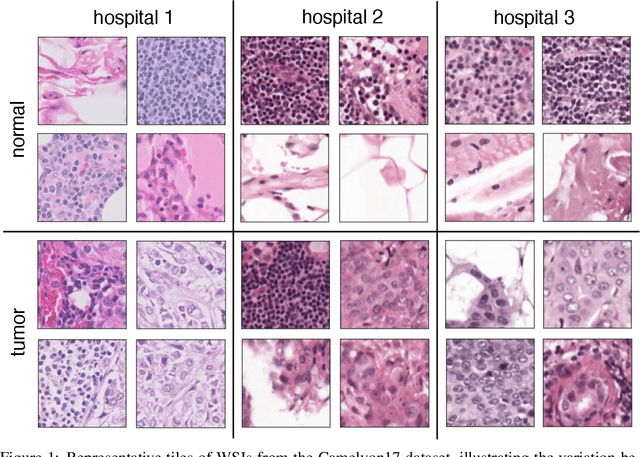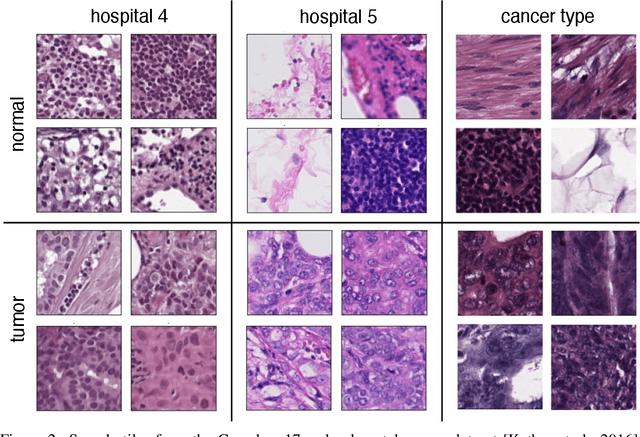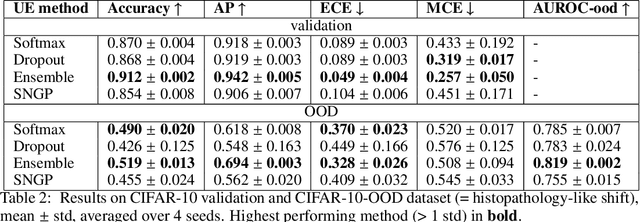Uncertainty estimation for out-of-distribution detection in computational histopathology
Paper and Code
Oct 18, 2022



In computational histopathology algorithms now outperform humans on a range of tasks, but to date none are employed for automated diagnoses in the clinic. Before algorithms can be involved in such high-stakes decisions they need to "know when they don't know", i.e., they need to estimate their predictive uncertainty. This allows them to defer potentially erroneous predictions to a human pathologist, thus increasing their safety. Here, we evaluate the predictive performance and calibration of several uncertainty estimation methods on clinical histopathology data. We show that a distance-aware uncertainty estimation method outperforms commonly used approaches, such as Monte Carlo dropout and deep ensembles. However, we observe a drop in predictive performance and calibration on novel samples across all uncertainty estimation methods tested. We also investigate the use of uncertainty thresholding to reject out-of-distribution samples for selective prediction. We demonstrate the limitations of this approach and suggest areas for future research.
 Add to Chrome
Add to Chrome Add to Firefox
Add to Firefox Add to Edge
Add to Edge